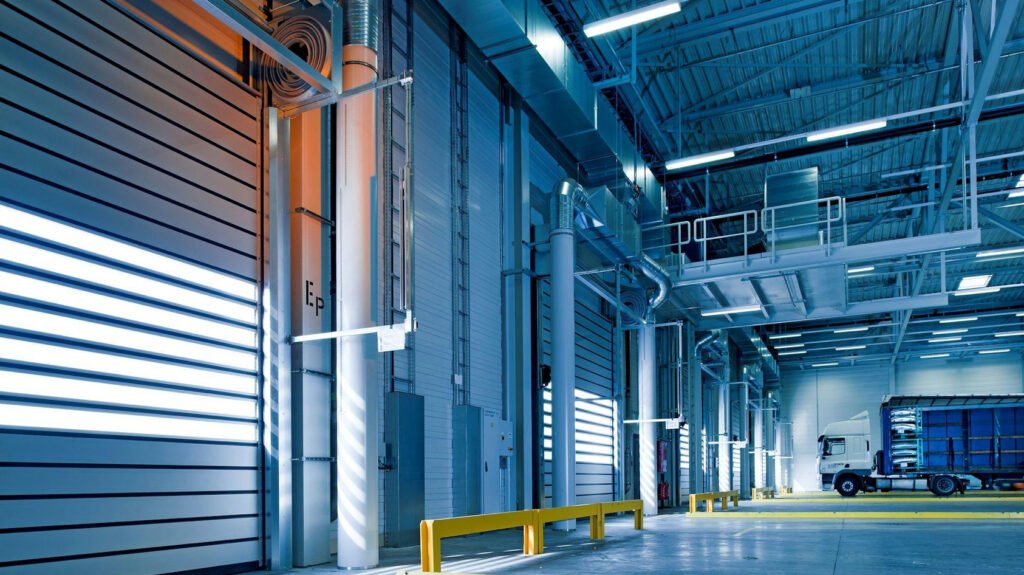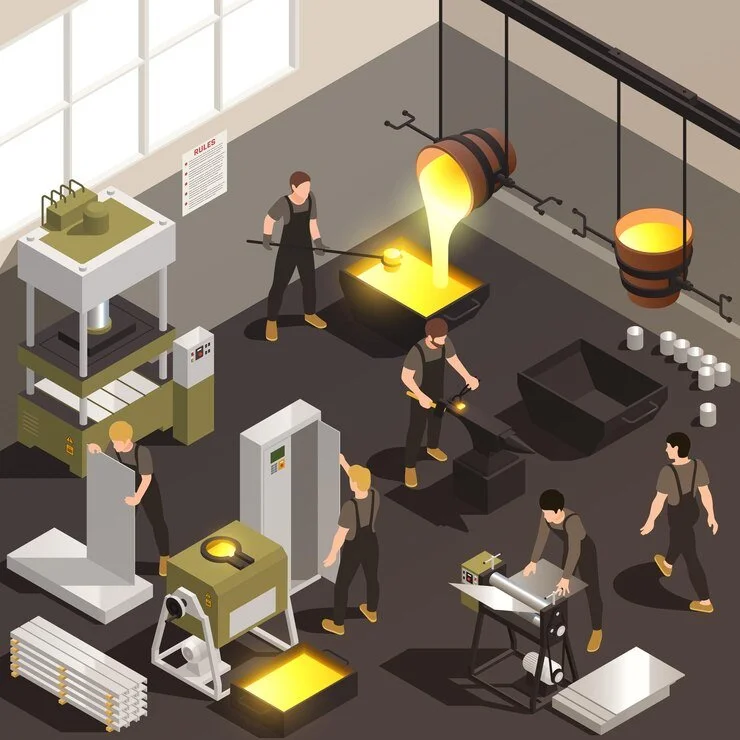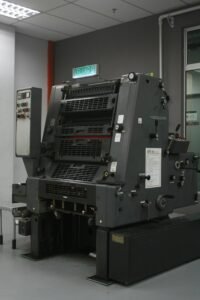On-demand manufacturing has revolutionized the way products are designed and produced, offering flexibility, speed, and cost-effectiveness. One crucial aspect of on-demand manufacturing is casting, a versatile process that allows for the creation of complex and precise components.
In this article, we will explore the various casting processes employed in on-demand manufacturing, from traditional molding to advanced metal casting techniques.
Sand Casting: The Traditional Approach
An old and commonly used metal casting process is sand casting. It involves creating a mold from a mixture of sand and a bonding agent. The mold is formed by compacting the sand mixture around a pattern, and then molten metal is poured into the mold cavity. Once the metal solidifies, the mold is broken to reveal the finished product. Sand casting is cost-effective and suitable for producing large and intricate parts, making it a popular choice in on-demand manufacturing for prototypes and low-volume production.

Investment Casting: Precision in Complexity
Investment casting, also known as lost-wax casting, is a process that produces highly detailed and intricate parts. It begins with the creation of a wax pattern, which is coated with a ceramic shell. The wax is then melted or “lost” from the shell, leaving a cavity in the shape of the desired part. Molten metal is poured into the ceramic mold, and after solidification, the shell is broken away to reveal the finished product. Investment casting is ideal for complex geometries and high-precision components, making it a preferred choice for on-demand manufacturing in industries such as aerospace and healthcare.
Die Casting: High-Speed Precision
Die casting is a process that involves injecting molten metal into a steel mold, or die, under high pressure. This method is particularly suitable for producing large quantities of small to medium-sized parts with high precision. Die casting is known for its rapid production cycles, making it a favored choice for on-demand manufacturing of components in the automotive and consumer electronics industries. The process allows for tight tolerances and excellent surface finishes.
Metal 3D Printing: Pushing the Boundaries
In recent years, additive manufacturing, particularly metal 3D printing in India, has emerged as a revolutionary method in on-demand manufacturing. Metal 3D printing allows for the direct production of metal components layer by layer, based on a digital design. This technology enables the creation of complex and customized parts with minimal material waste. It is particularly advantageous for rapid prototyping and low-volume production, where traditional casting processes might be less economical.
Ceramic Molding: High-Temperature Precision
Ceramic molding process, or precision casting, is a process that uses a ceramic mold to produce intricate and heat-resistant components. Similar to investment casting, it involves creating a mold around a wax pattern, but in this case, the ceramic material can withstand high temperatures. This process is commonly used in on-demand manufacturing for producing parts for the aerospace and defense industries, where components must withstand extreme conditions.
Casting processes play a vital role in on-demand manufacturing, offering a range of options to cater to different requirements. From the traditional methods of sand casting and investment casting to the high-speed precision of die casting and the cutting-edge technology of metal 3D printing services, manufacturers have a diverse set of tools to choose from. As on-demand manufacturing continues to evolve, these metal casting processes will likely undergo further advancements, pushing the boundaries of what is possible in terms of speed, complexity, and cost-effectiveness.




